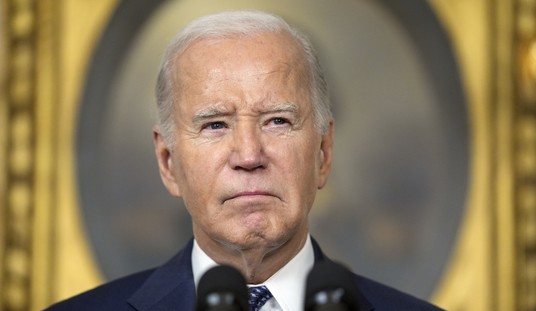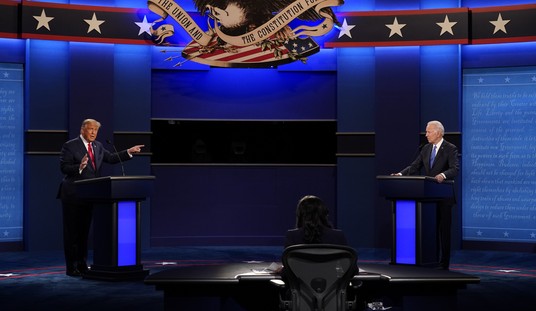The year is 2109. Celebrations continue as mankind's heroic, century-long, quintillion-dollar effort to lower the global mean temperature by 1 degree has paid off: July 2109 is just as hot as July 2009. Few can contain their jubilation.

But even as the carbon-neutral champagne corks fly, the sky darkens. A projectile of a different kind is coming our way. An asteroid streaks across the skies, giving the media just enough time to spread the word. The New York Times, now beamed directly into subscribers' brains via digital-neural networks, fulfills ancient prophecy and warns that women and minorities will be hardest hit by the incoming object.
But there's little we can do. The space flotsam smashes into the solar energy farm formerly known as Arizona. The space rock, 100 meters in diameter, hits at 50,000 mph with the force of thousands of nuclear warheads. Millions die. Dust and debris blot out the sun and will chill the planet for years. Crops fail, billions starve. The heat of impact releases torrents of nitrous and nitric acid rain.
So horrendous is the calamity that some even wonder if the enormous investment in fending off climate change might not have been better spent.
Alas, there's no time to defrost Al Gore's frozen head to ask his opinion.
This vision of the end times came to me on hearing the news that something hit Jupiter in the breadbasket the other week and nobody saw it coming.
It left a Jovian scar as "small" as the Pacific Ocean or as big as Earth. An amateur astronomer in Australia saw it first because none of the pros were even looking. Then again, the rock was probably pretty small, between 50 and a few hundred meters wide. That is to say, about the size of John Edwards' house.
Recommended
Now, I know what you're saying: So what? It's not like we need an early warning system for Jupiter, a "gassy giant." What have the Jovians done for us? When God starts pelting rocks at Earth, or our own gassy giants, like Chris Dodd, then we can worry.
Well, He has been, on a regular basis. In March, a meteor called 2009 DD45 came within a few inches, astronomically speaking, of smashing into Earth (about 45,000 miles). Fortunately, we spotted that one ahead of time -- a mere three days ahead of time. That's just enough warning for Keith Olbermann to knock out several top-notch diatribes on why George Bush is to blame, but not enough time to, you know, keep New York City from being liquefied.
In 1908, a DD45-sized meteor exploded over Siberia with a force 1,000 times the Hiroshima blast. It leveled 80 million trees over an area twice the size of Los Angeles. If it had arrived five hours later, St. Petersburg would have been gone.
Scientists think there are millions of such "small" near-Earth meteors out there, and more than 1,000 that are at least a kilometer wide. Those are the ones that really leave a mark. Just ask the dinosaurs. And we're discovering more every day.
A few years ago, a book titled "The Black Swan" came out. No, it's not about swans singled out by the Cambridge Police Department for breaking into their own roosts, but about sudden, unpredictable events occurring far more often than we'd like to think. There are flocks of black swans out there, but we find it discomfiting to contemplate their existence.
In 2008, science writer Gregg Easterbrook surveyed preparedness for a "space-object strike" for the Atlantic magazine. He found that even though serious experts believe there's as much as a 1-in-10 chance of a significant Earth strike within the next century, NASA doesn't much care.
Things are improving, but it's still a cottage industry. A scientist quoted last month in Maclean's magazine noted that "there are more people working in a single McDonald's than there are trying to save civilization from an asteroid."
Meanwhile, the global warming industry -- and it is an industry now -- could fill football stadiums.
It makes you wonder. For all the rush and panic, the truth is, climate change -- if real -- is a very slow-moving catastrophe. Moreover, it happens to align with an ideological and political agenda the left has been pushing for generations: Unregulated economic growth is bad and must be controlled by experts; nature is our master, and we must be her servants. What a convenient truth for environmentalists.
Meanwhile, a "deep impact" is a terribly inconvenient threat, partly because it requires making peace with the idea that nature can be conquered.
Better to not even think about it.

























Join the conversation as a VIP Member